Fish farming is a growing industry in Switzerland, and there are many benefits to taking part in it. Fish farming can provide several jobs, help reduce pollution, and offer a sustainable food source for the community.
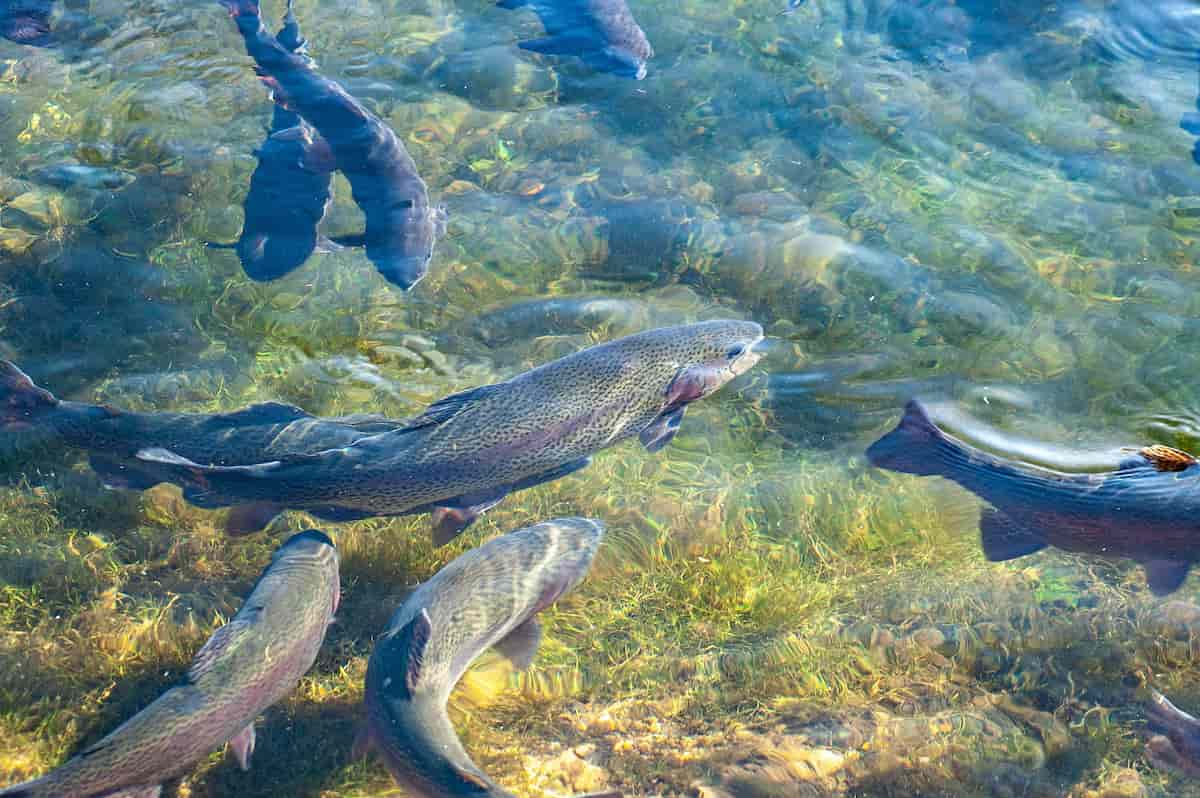
How to start fish farming in Switzerland
What is fish farming?
Fish farming is the growing of fish in captivity for the production of food or fish oil. Fish are raised in tanks or ponds and fed various feed products, including pellets, vegetables, and grains. Some fish cages have tiers that allow the farmer to move the fish up and down to provide them with various foods. Fish farming is becoming more popular because it is a sustainable way to produce food.
The advantages of fish farming in Switzerland
Fish farming in Switzerland has several advantages over other forms of agriculture. Fish are quickly bred to desired sizes and can be fed a balanced diet that includes animal and plant proteins. This means that fish farming is capable of producing high-quality protein for human consumption, as well as feed for livestock. The water used in fish farming is also replenished very quickly, so there is no need to use harmful chemicals or irrigation systems that can damage the environment.
Moreover, fish farming produces little waste, which makes it an environmentally friendly option. Fish farming in Switcharland can improve water quality by fixing pollutants that would otherwise leach into the soil and waterways. In addition to improving water quality, fish farming in Switcharland can provide sustainable seafood supplies. By catching wild fish and raising them in captivity, the farms help prevent overfishing and lead to a more sustainable resource management system.
How to start a fish farm in Switzerland?
Fish farming in Switzerland is a profitable and sustainable way to produce food for humans and animals. There are many ways to start a fish farm, but the most common approach is to purchase an existing farm. If you are interested in starting your fish farm, there are several things you will need to consider. The first thing you will need is a suitable location. Your fish farm should be located near a body of water or another source of fresh water so that you can provide your fish with fresh water.
You will also need to consider the climate in your area, as different types of fish require different temperatures. Second, find an area that’s suitable for raising fish. Third, build an adequate infrastructure to support your fish farm. Fourth, hire a team of experts to help you run your farm successfully. Fifth, monitor and adjust your farming practices as needed to ensure success.
Once you have decided on the type of fish, you want to raise and the supplies necessary for your project, the next step is to start planning your farm layout. Your farm should include space for tanks where the fish will live, where they will be fed, and where they will be cleaned. You also need space for equipment such as filters and pumps.
Are fish farming profitable in Switzerland?
Fish farming is a viable option for farmers in Switzerland. The climate and soil are perfect for this type of agriculture, and fish farming produces high-quality food that can be sold at a premium. In addition, fish farms can provide a reliable source of income and have a low environmental impact. Fish farming in Switzerland is a growing industry that has the potential to provide a sustainable food source for the local population and generate regional economic benefits. The main fish farmed in Switcharland are trout, salmon, and rainbow trout.
In case you missed it: How to Start Goat Farming in Switzerland: Business Plan, Breeds, Management, Cost, and Loans
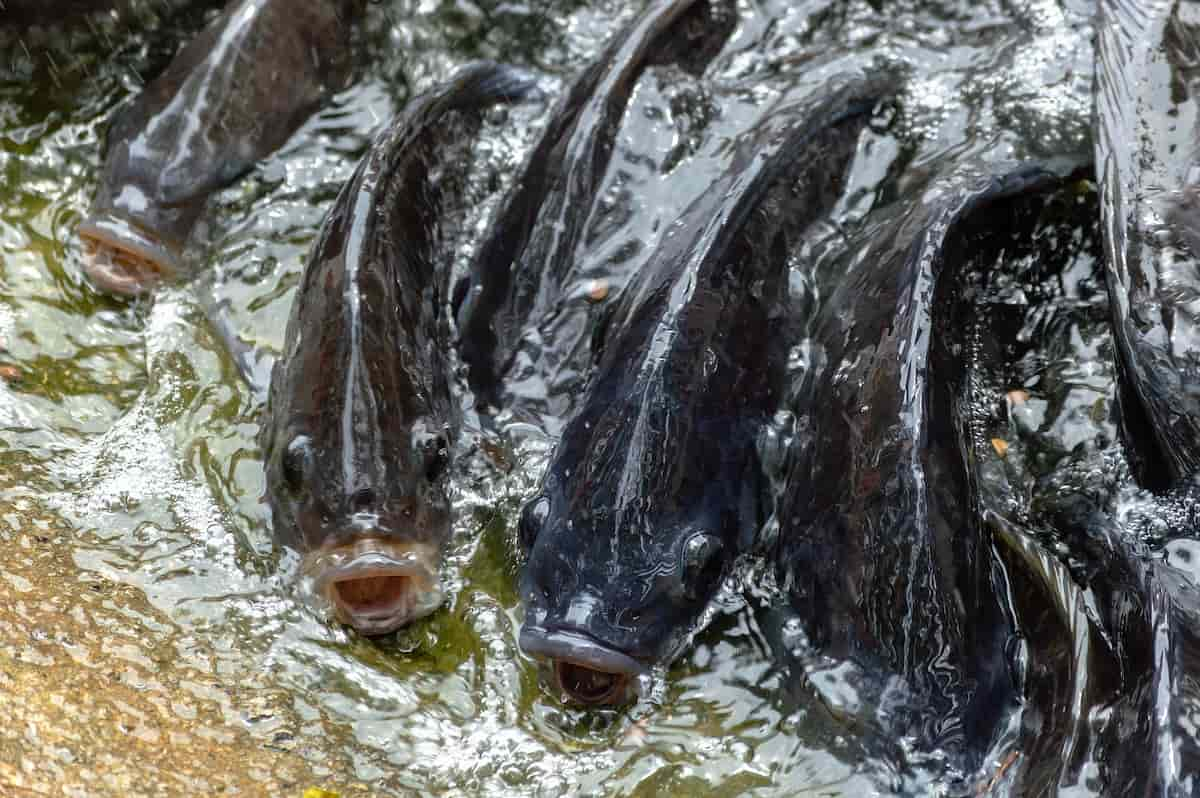
Fish farming business plan in Switzerland
- First, make sure you have the appropriate permits and licenses. You will also need to purchase the necessary equipment, including tanks, filters, and feed pellets. Once you have the gear, you will need to set up your farm.
- The next thing you will need to do is determine the type of fish that you want to raise. Several different types of fish can be raised as food, including salmon, tilapia, catfish, trout, and carp. Once you have chosen the type of fish you want to raise, you will need to find a supplier who can provide you with enough viable spawns for your project.
- Research the fish farming industry in your area. There are many different ways to fish and farm fish, so it is important that you research which method is best for your specific situation.
- Choose a location for your fish farm. You will need to find an area with a sufficient water supply and adequate sunlight.
- Build a water system for your fish farm. This will include a pond or lake, pumps, filters, and other necessary equipment.
- Get started feeding your fish. You will want to provide food for your fish daily, so ensure enough supplies.
- Once you have all of the necessary permits and licenses, it’s time to start constructing your farm. Choose a site that is well-drained and has adequate space for your system – remembers, you will be producing a lot of fish here.
- Fertilize and water your system regularly. Keeping your fish healthy is important by providing adequate nutrients and water throughout their growth cycle. Follow the manufacturer’s instructions for fertilizing and watering systems, if applicable.
- Harvesting the seafood from your fish farm is an important process. Be sure to clean and process your seafood properly to ensure high-quality products that customers will enjoy.
Key rules to start fish farming in Switzerland
- The first is ensuring you have the appropriate permits and licenses.
- You also need to make sure your water quality is good enough to support fish farming and that your upstream neighbors aren’t affected negatively by the farm’s operations.
- A few key things need to be considered when managing a fish farm. One of the most important is water quality, as the fish must have access to clean water to thrive.
- Additionally, it’s important to monitor the feed and water levels regularly to ensure that the fish get the nutrients they need.
- Effective fish farming requires good management practices, such as regular sorting and culling unwanted fish.
- Finally, be prepared for fluctuations in the market – fish farming is an expensive business, and prices can change quickly.
Site selection for fish farming in Switzerland
- There are several factors to consider when selecting a fish farming site in Switzerland. The climate, soil type, and water quality are all important considerations.
- The climate in Switzerland is mild and temperate, with average temperatures ranging from 20-24°C. This is ideal for raising fish because they require warm water temperatures to thrive.
- Soil type is also important when selecting a fish farming site. The soils in Switcharland are naturally fertile, making them well-suited for aquaculture. However, the soil can be difficult to work with, so choosing a site that will suit your specific needs is important.
- Water quality is another critical consideration when choosing a fish farming site in Switzerland. The water should be clear and free from toxins or other pollutants. It is also important to ensure the water temperature is suitable for raising fish, as cold water can inhibit their growth and development.
In case you missed it: How to Start Sheep Farming in Switzerland: Business Plan, Breeds, Management, Cost, and Profits
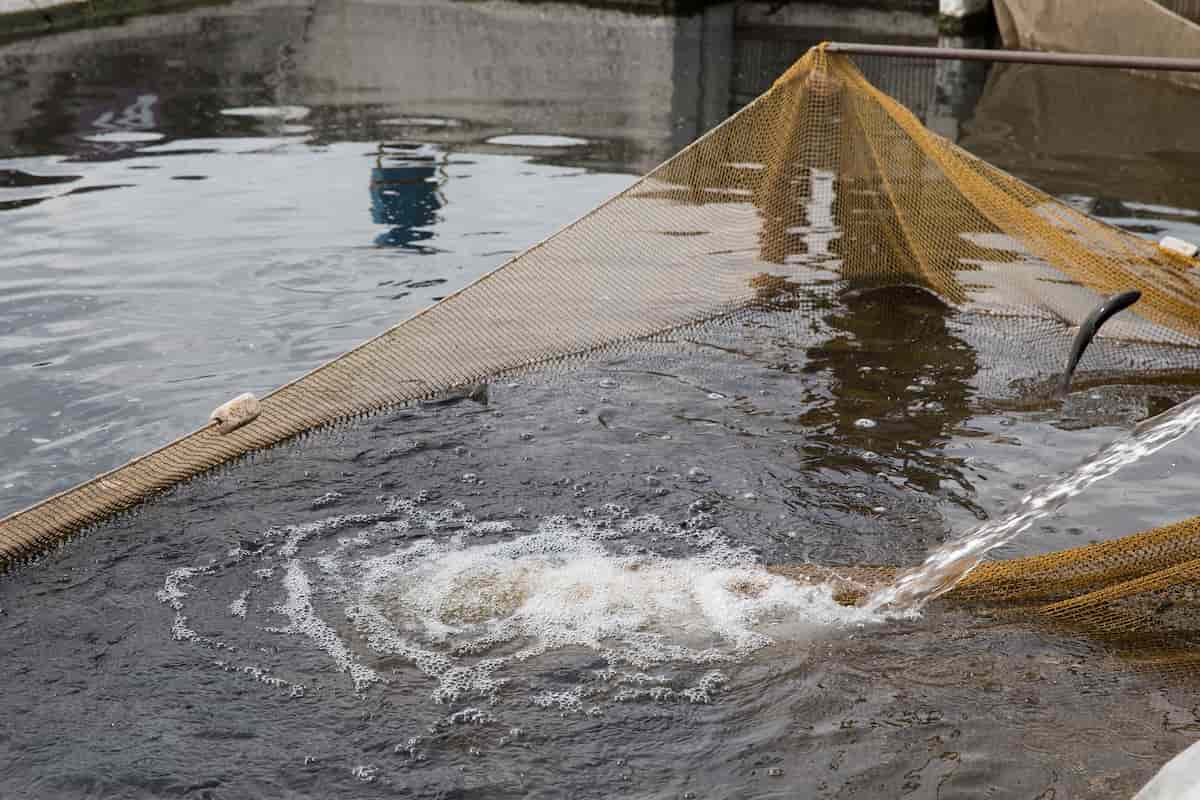
Select fish farming methods in Switzerland
- The most common way to farm fish is by using an Aquaponics system. This method uses water from the river or ocean and recirculates it through a network of tanks and plants. This system is very efficient because it uses less water than traditional farming methods.
- Another popular fish farming method is Open-Pond Farming. This method uses natural sunlight to grow the fish.
- Recirculating aquaculture is Switzerland’s most traditional type of fish farming system. This system involves feeding juvenile fish (usually swordfish or mackerel) a continuous stream of food pellets or granules from a feeder device. The juveniles grow slowly and must be constantly fed to keep them healthy and produce high meat or egg yields. Recirculating aquaculture is generally more efficient than other systems because it allows the producers to control the amount and type of nutrients available to the fish.
- Open net aquaculture is another commonly used system in Switzerland. In this system, the fish are raised in large floating cages exposed to the open ocean at all times. Open net aquaculture is less efficient than recirculating aquaculture because it requires more water resources and produces lower yields of meat or eggs. However, open-net aquaculture is popular because it allows the producers to closely monitor their fish without confining them in artificial environments.
- Cage culture is a newer fish farming system that has emerged as an alternative to open-net and recirculating aquaculture.
Water quality for fish farming in Switzerland
When it comes to keeping fish, there are a few things that you need to consider. One of these is the water quality. If the water quality is poor, your fish will not survive. One of the most important factors regarding water quality for fish farming in Switcharland is ensuring that the water has the right pH levels. This is because a high pH level means that the water is acidic and can kill your fish.
In addition, you need to make sure that the water has enough dissolved oxygen levels. This is because low oxygen levels can lead to the suffocation and death of your fish. Other factors you need to consider regarding water quality for fish farming in Switcharland include temperature, salinity, and pH fluctuations. If these factors are not optimal, your fish will also not thrive. All these factors play into one another, so you must always watch them to ensure your fish are happy and healthy.
Feeding for fish farming in Switzerland
Fish farming has been around for many years and is a very successful industry. In Switzerland, several farms raise both ornamental and commercial fish. These farms use various methods to feed their fish, including pellets, flakes, and frozen food.
Caring & other management tips for fish farming in Switzerland
- Choose an ideal location for your farm carefully.
- Get the right type of fish for your climate and environment.
- Make sure your tanks are well-maintained to ensure healthy fish populations.
- Monitor water temperatures and pH levels to ensure optimal growth rates for your fish populations.
- Train your fish properly, so they behave naturally in their new home.
- Provide a high-quality feed and water environment to your fish.
- Use a properly sized net and catch as many fish as you can humanely before releasing them back into the water.
- Regularly check the water quality and adjust your feeding and watering schedules if necessary to keep your fish healthy and happy.
In case you missed it: How to Start Rabbit Farming in Switzerland: Breeds, Loan, Subsidy, Requirements, Cost, Profit, and Management
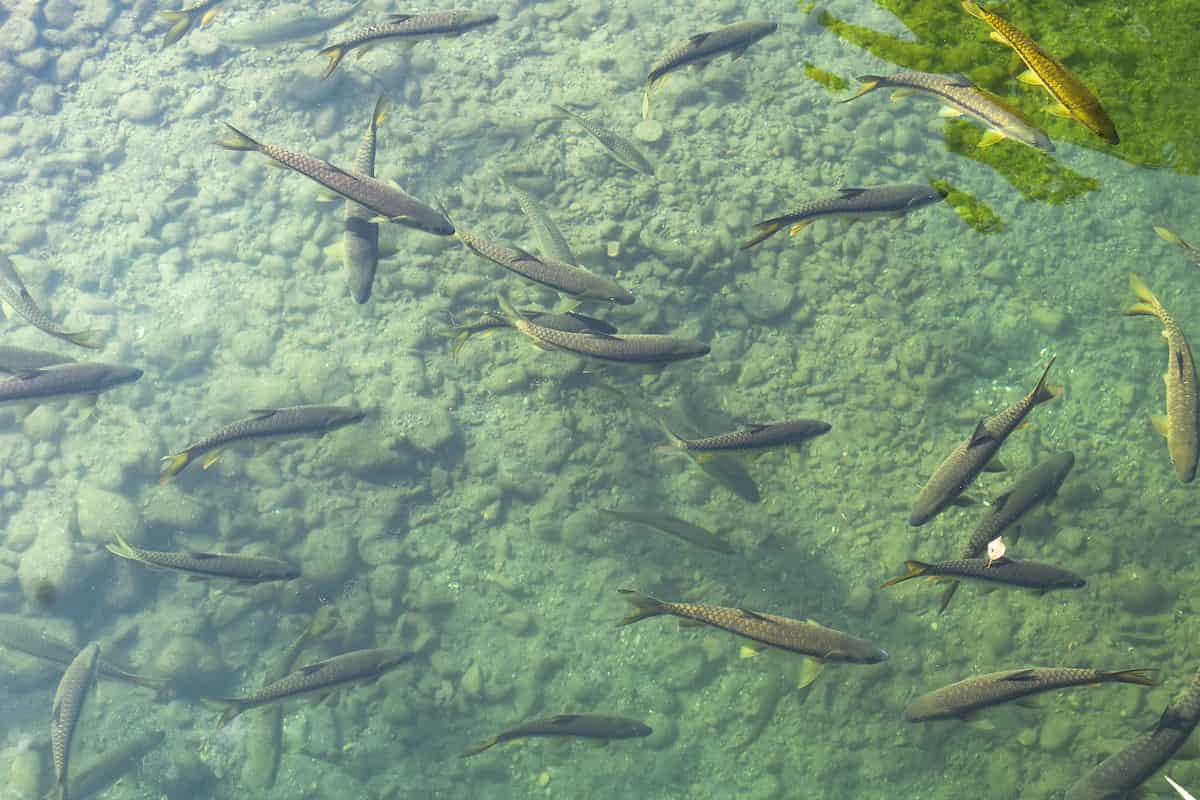
Fish farming problems in Switzerland
One way to protect your fish from disease is to use effective sanitation practices. You should also make sure that your tanks are well-lit and have enough oxygenation so that the fish can breathe. You can promote your business by advertising on local radio stations or through word-of-mouth networks. You can also create brochures and flyers to distribute to potential customers. Finally, keeping up with the latest industry trends is important to stay ahead of the competition.
One issue is that fish farms produce large amounts of wastewater that must be treated before it can be released into the environment. This process can release harmful chemicals into the water, including mercury, which can seriously affect plants and wildlife. Another problem is that fish farms can damage local waterways by overfishing and polluting them with wastewater. Again, this affects the environment and the livelihoods of local fishermen who rely on these waterways for their trade.
Fish farming set up cost in Switzerland
Fish farming is an important industry in Sweden, and there is a lot of potential for growth in the market. To start fish farming, you must invest in equipment and materials. Fish farming in Switzerland is a growing industry, as the country has ample water resources and a temperate climate. Fish farming requires high levels of investment, and producers must consider environmental and economic factors when setting up their businesses.
Fish farming can be a profitable business if you have the right setup. However, the cost of setting up a fish farm in Switzerland can range from around CHF 350,000 to over CHF 1 million. Factors that will affect the price include the size of the farm, the type of fish being raised, and the location.
What do I need to start a fish farm business?
To start a fish farm business in Switzerland, you must have a valid license from the state and local governments, proper equipment and facilities, and enough fish to start with. You will need several things to get started with a fish farm. First, you will need an Aquaculture License from the state or local government.
This can be obtained through the Department of Natural Resources or by contacting your local hatchery. Next, you will need proper facilities, including a pond, raceway, or recirculating system. You will also need to purchase the necessary equipment, such as feeders and water filters. Finally, you will need to purchase sufficient fish to get started.
In case you missed it: How to Start Poultry Farming in Switzerland: Business Plan, Breeds, Cost, Profit, Loans, Subsidy, and Management
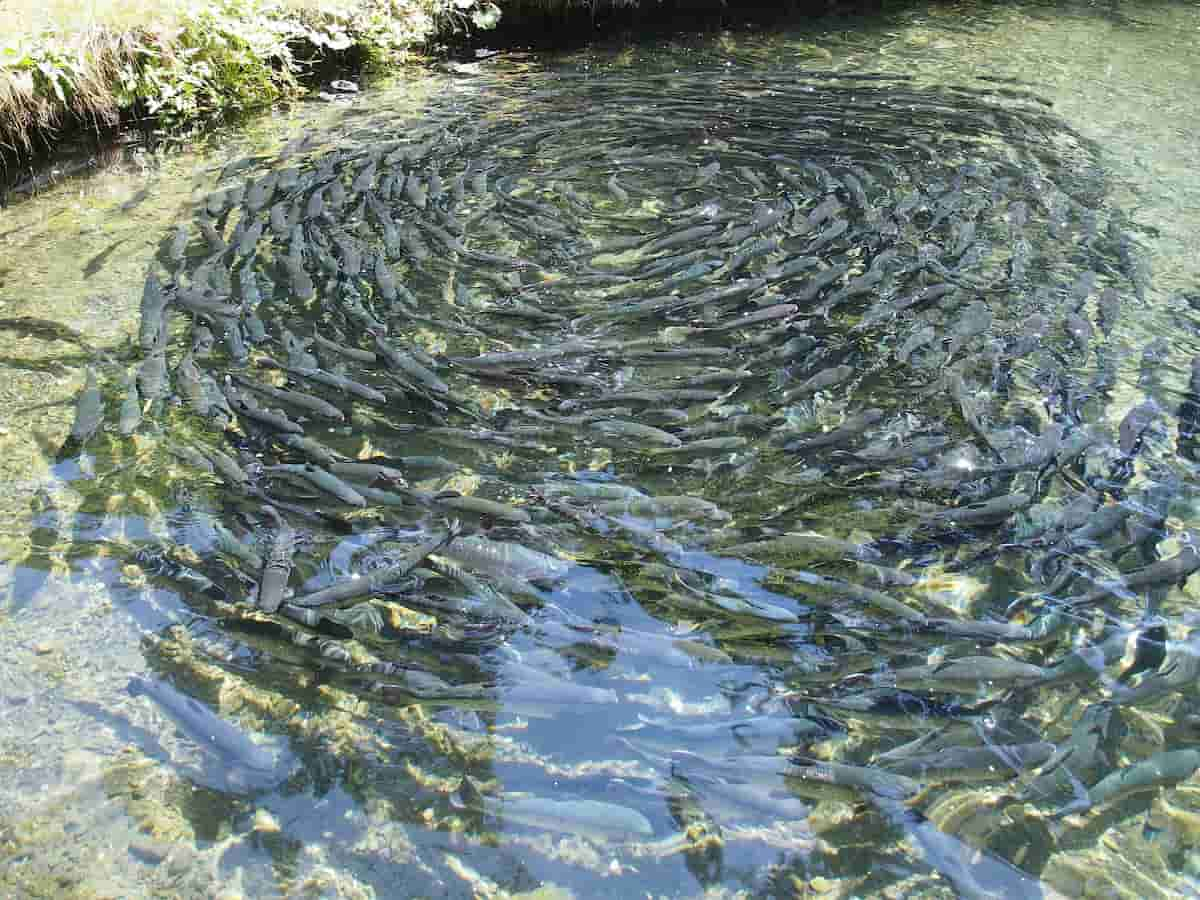
The challenges of fish farming in Switzerland
One challenge is that fish farms need a lot of space, often polluting water supplies. They can also harm the environment by releasing large amounts of toxins into the water. Another challenge is that fish farms tend to produce a lot of waste, which needs to be dealt with carefully. This can involve recycling the materials used on the farm or simply disposing of them responsibly.
The main challenges fish farmers face in Switcharland are hygiene and water quality. Hygiene is Critical to ensuring high production standards and reducing disease risk. On the other hand, poor water quality can lead to poor growth rates, reduced yields, and even fish deaths. There are several ways that fish farmers in Switcharland can overcome these challenges.
One approach is to use comprehensive systems monitoring programs to ensure that all aspects of water quality are constantly monitored. Other strategies include using advanced technologies such as aquaculture environment control equipment (AECE) which helps reduce environmental stress on the fish and improving feed formulation to minimize contaminants and feed digestibility.
Fish farming states in Switzerland
Switzerland is known for its large lakes and plentiful fish populations. As a result, fish farming has become a popular industry in the region, as it provides a reliable source of food for humans and animals. There are currently three fish farming states in Switcharland: Minnesota, Iowa, and Illinois.
Minnesota is the largest fish farming state in the region, with farms located in six counties. Iowa is the second largest, with farms located in five counties. Illinois is the third largest, with farms located in three counties. Small fish farming operations are scattered throughout the other counties in Switzerland.
In case you missed it: How to Start Shrimp Farming in Switzerland: Key Rules, Business Plan, Loan, Subsidy, Cost, and Profit
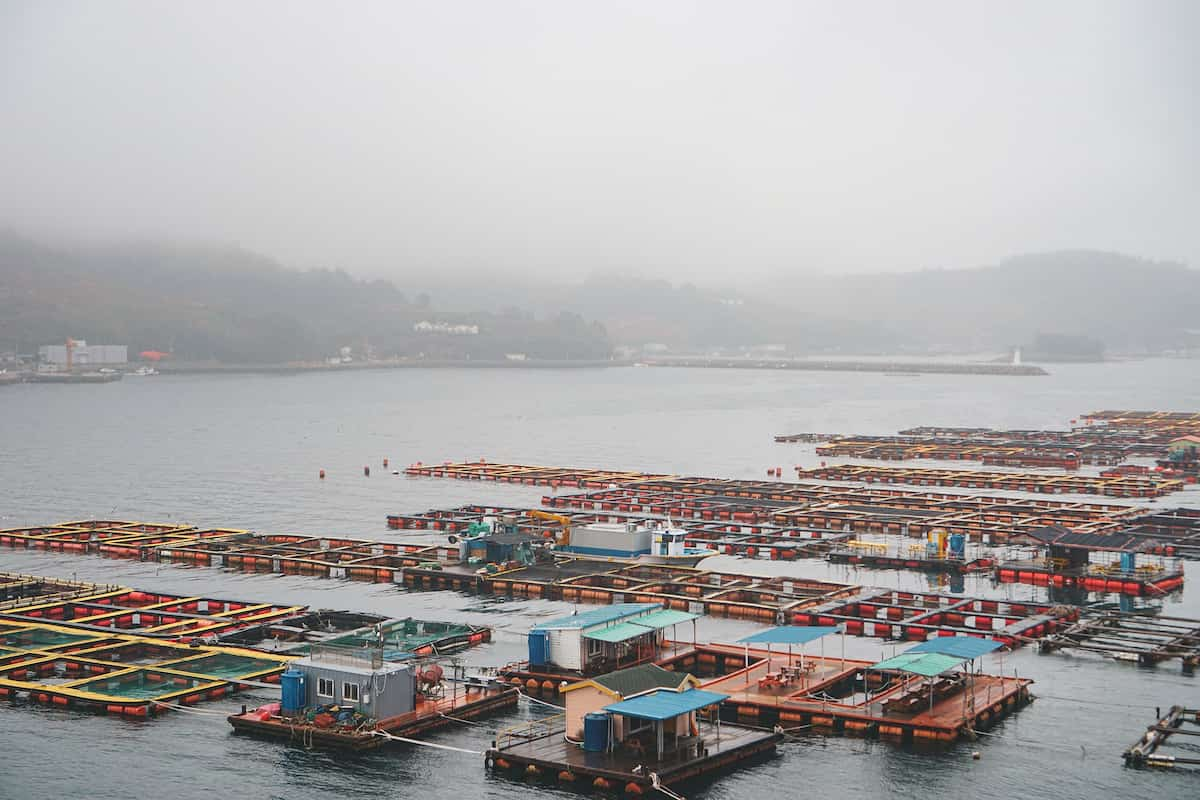
Fish species available in Switzerland
Some better-known fish species in Switcharland include carp, catfish, bream, tench, pike, perch, bream, trout, salmon, and eel. In addition to these common varieties, some rarer fish species can only be found in Switzerland – such as the barracuda and tilapia.
Some other fish species are Coregonus albellus, Coregonus restrictus, Coregonus candidus, Coregonus confuses, Coregonus heglingus, Coregonus zuerichensis, Coregonus zugensis, Coregonus fatioi, Blue whitefish, Coregonus alpinus, Gravenche, Zingel asper, Coregonus fera, Souffia, Coregonus nobilis, Coregonus palaea, Coregonus suidteri, Coregonus macrophthalmus, Brook barbel, Italian barbel, Humpback whitefish, Padogobius bonelli, Alosa agone, Salvelinus neocomensis, Salvelinus umbla, European perch, whitefish, zander, and pike.
Conclusion
The Switzerland fish farming industry is growing quickly, as more and more people are becoming aware of the benefits of consuming sustainable seafood. Fish farming has many benefits, including providing food and fiber for humans, reducing environmental impact, and providing jobs and economic growth.
- Types of Pesticides Used in Agriculture: A Beginner’s Guide
- Economical Aquaculture: A Guide to Low-Budget Fish Farming
- 15 Common Planting Errors That Can Doom Your Fruit Trees
- How to Make Houseplants Bushy: Effective Tips and Ideas
- Innovative Strategies for Boosting Coconut Pollination and Yield
- Pollination Strategies for Maximum Pumpkin Yield
- The Complete Guide to Chicken Fattening: Strategies for Maximum Growth
- Natural Solutions for Tulip Problems: 100% Effective Remedies for Leaf and Bulb-Related Issues
- Revolutionizing Citrus Preservation: Towards a Healthier, Greener Future
- Natural Solutions for Peony Leaf and Flower Problems: 100% Effective Remedies
- Maximizing Profits with Avocado Contract Farming in India: A Comprehensive Guide
- Natural Solutions for Hydrangea Problems: 100% Effective Remedies for Leaf and Flowers
- The Ultimate Guide to Choosing the Perfect Foliage Friend: Bringing Life Indoors
- From Sunlight to Sustainability: 15 Ways to Use Solar Technology in Agriculture
- The Ultimate Guide to Dong Tao Chicken: Exploring from History to Raising
- The Eco-Friendly Makeover: How to Convert Your Unused Swimming Pool into a Fish Pond
- Mastering the Art of Delaware Chicken Farming: Essentials for Healthy Backyard Flocks
- 20 Best Homemade Fertilizers for Money Plant: DIY Recipes and Application Methods
- How to Craft a Comprehensive Free-Range Chicken Farming Business Plan
- Brighten Your Flock: Raising Easter Egger Chickens for Beauty and Bounty
- How to Optimize Your Poultry Egg Farm Business Plan with These Strategies
- Subsidy for Spirulina Cultivation: How Indian Government Schemes Encouraging Spirulina Farmers
- Ultimate Guide to Raising Dominique Chickens: Breeding, Feeding, Egg-Production, and Care
- Mastering the Art of Raising Jersey Giant Chickens: Care, Feeding, and More
- Ultimate Guide to Raising Legbar Chickens: Breeding, Farming Practices, Diet, Egg-Production
- How to Raise Welsummer Chickens: A Comprehensive Guide for Beginners
- How to Protect Indoor Plants in Winter: A Comprehensive Guide
- Ultimate Guide to Grow Bag Gardening: Tips, Tricks, and Planting Ideas for Urban Gardeners
- Guide to Lotus Cultivation: How to Propagate, Plant, Grow, Care, Cost, and Profit
- Agriculture Drone Subsidy Scheme: Government Kisan Subsidy, License, and How to Apply Online
- Ultimate Guide to Raising Araucana Chickens: Breed Profile, Farming Economics, Diet, and Care
- Bringing Hydroponics to Classroom: Importance, Benefits of Learning for School Students
- Ultimate Guide to Raising Polish Chickens: Breed Profile, Farming Economics, Diet, and Care
- Ultimate Guide to Raising Australorp Chickens: Profile, Farming Economics, Egg Production, Diet, and Care
- Silkie Chicken Farming: Raising Practices, Varieties, Egg Production, Diet, and Care
- Sussex Chicken Farming: Raising Practices, Varieties, Egg Production, Diet and Care